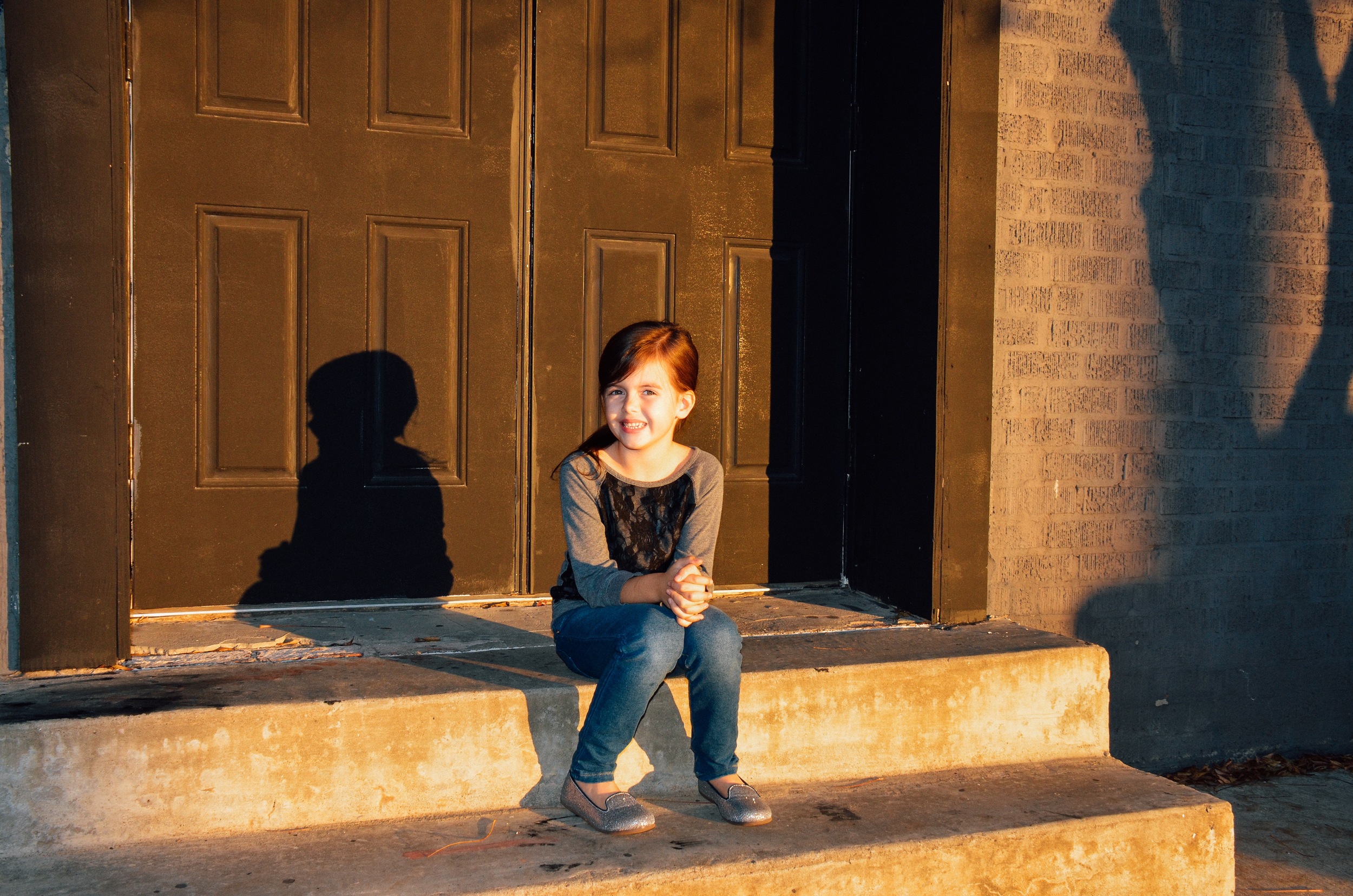Beyond Age
/WHEN IT COMES TO DOWNTON ABBEY, people either WATCH Downton Abbey or they don’t. For those of who WATCH it, we know that every episode will leave us wanting more, tempting us to wish away a week of our life waiting for the next Sunday night, and the next episode of some of the best screenwriting ever.
In a post last Thursday, I wrapped up with this:
“Tomorrow at Noon, I will be having lunch with some of my favorite people. One is 20-something, one is 30-something, one is 60-something and the other is 80-something. I plan to ask them how they feel about being a part of a multi-generational collaboration. I’ll let you know how it turns out.”
So maybe it wasn’t the kind of cliffhanger that had people talking around the coffee pot Monday morning, but who knows, maybe someone wants to know how it turned out.
We gathered a few minutes after noon at this amazing little Guatamalan cafe in Oklahoma City called Cafe Antigua. Two of the group couldn’t make it—the 60-something and the 80-something.
So it was me, representing the Baby-Boomers, a 20-something athletic/outdoorsy/artist named Molly, and a 30-something bold/brash/creative-entrepreneur named Kathleen.
L to R: Molly, Pops, Kathleen. Now I know what to do when they say, "duck lips"!
I tried to explain to them my intrigue and interest in multi-generational friendships. I gave a few great examples of the power of multi-generational collaborations.
We talked about blessings and curses of cross-generational stuff. You know: “Generation Gaps”, differences in style and values, communication issues and the like.
Kathleen mentioned that while she did enjoy some conversation with older people (like me), she didn’t want them for clients. (FYI: Kathleen is one of the best, most creative and intuitive branding persons I’ve ever encountered.) Her reason: “Older people just don’t get it.” She’s right you know. On the flip side, I’ve often been tempted to jerk the smartphone out of the hands of millennial or two and throw it in the nearest toilet, because sometimes; they just don’t get it.
Without a doubt, there is a time and a season for multi-generational conversation and a time for segregation too. When it’s right though, it can be a wonderful thing.
Molly said, “Sometimes the common thread is the interest, not the age.” Then she gave an example. Molly is an avid climber. By that I mean she practices in a climbing gym several days a week, and then travels somewhere most every weekend to climb with friends. She told us that on these climbing trips you will find everyone from young teens to older adults from all walks of life, gathered around the common interest of climbing, hiking and being outdoors.
Kathleen who now has a young son talked of the value of having a multi-generational tribe to help connect the dots in our human story. “I want to know if people think about dying. Are they afraid of dying?” I told her that I agree with Woody Allen who said, “I’m not afraid of dying, I just don’t want to be there when it happens.” I don’t know if Kathleen is afraid of dying or not, but I do know this: she is NOT afraid of living! She has made be braver too.
For me that’s one of the coolest things about having a multi-generational tribe—the story. If you have people younger than you and people older than you, it’s like having more chapters in the book of your life story. It’s essential to have those who have gone before to help you make sense of it. And each of us who have been further down the path, if we do it with humility, can serve those who are younger by showing the way.
What if we were to step outside the normal and made something happen? What if we joined with some younger and some older and saw a movie together, or read a book together, or had coffee together, or told our stories together; or just listened to each other?
I hope that Molly and Kathleen know that I respect them and value their friendship, that I love hearing what they are up to whether it’s a climbing adventure or organizing a conference for creatives entrepreneurs in New Orleans. The old adage that if you want to stay young, hang out with young people is true. I hope the inverse is not true. I hope that by hanging out with older persons, these two and others will feel wiser and inspired and more courageous.
Oh, and if you aren’t one of those who WATCH Downton Abbey, you’re missing a great story about the power and beauty of multi-generations.
Stay tuned to About POPS. In a future post we’ll explore this issue: What’s Family Got To Do With It?!







